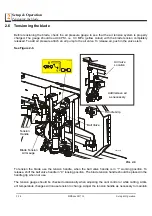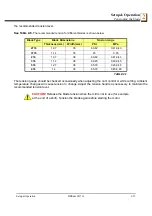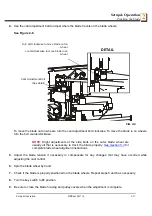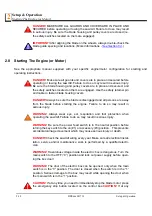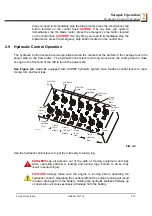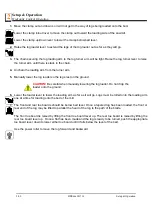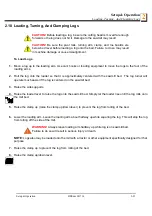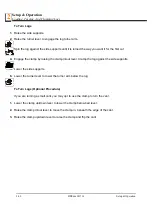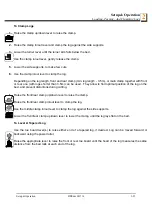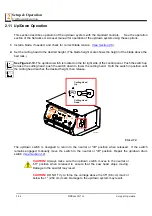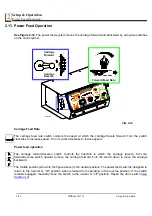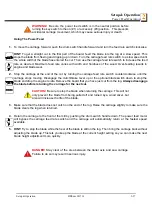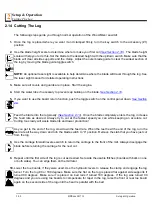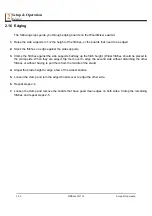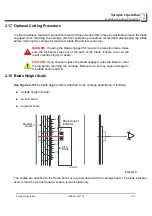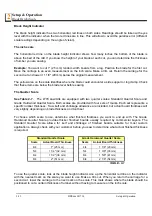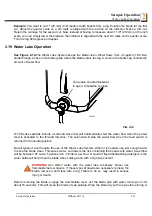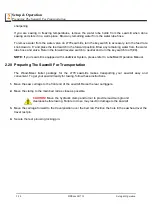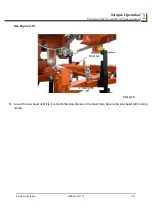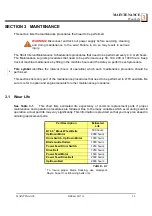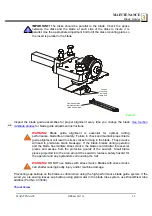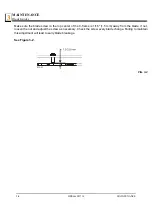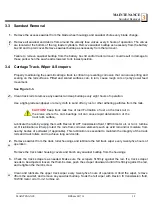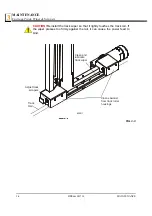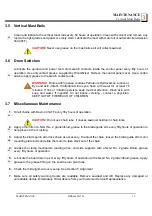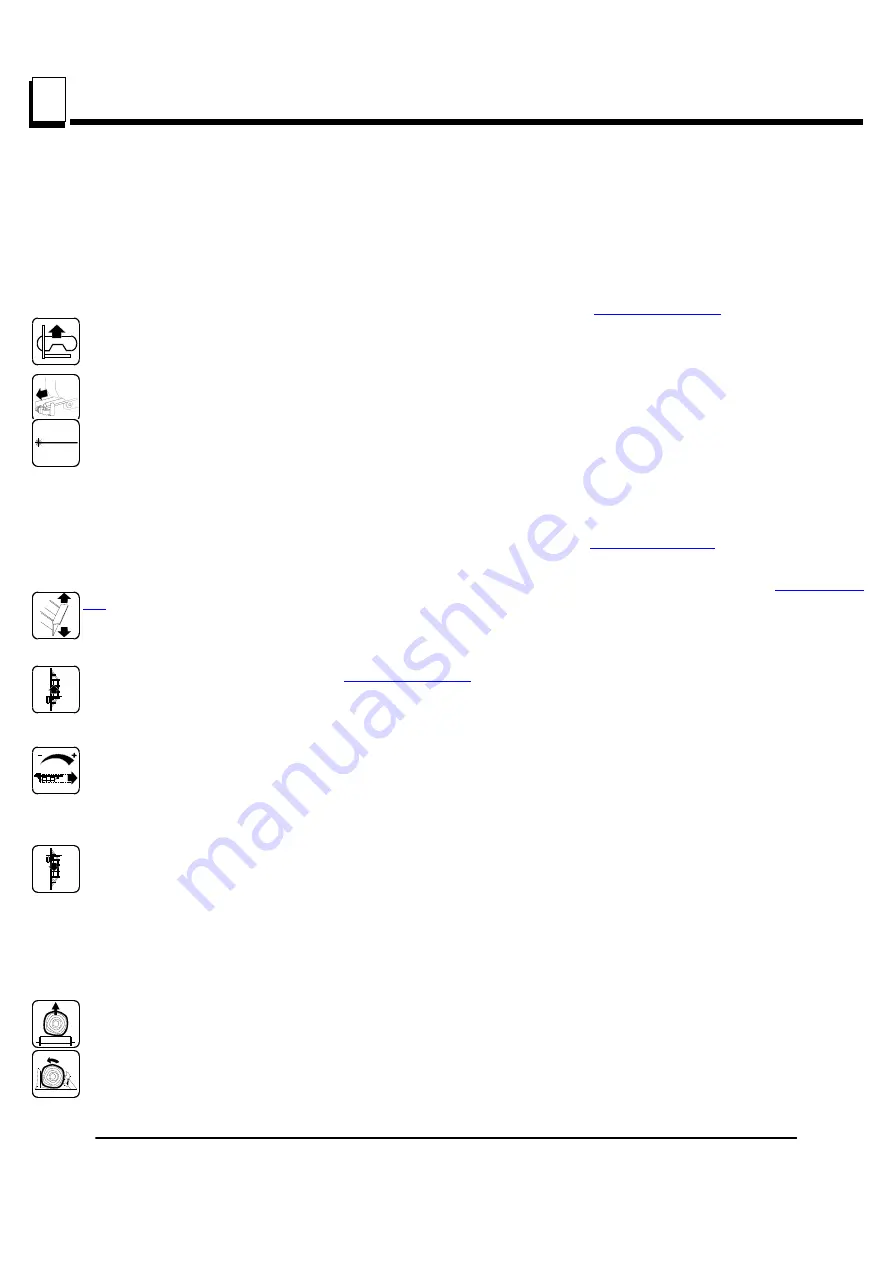
Setup & Operation
Cutting The Log
2
2-28
HDSdoc021716
Setup & Operation
2.14 Cutting The Log
The following steps guide you through normal operation of the Wood-Mizer sawmill.
1.
Once the log is placed where you want it and clamped firmly, turn the key switch to the accessory (#1)
position.
2.
Use the blade height scale to determine where to make your first cut
). The blade height
scale will help you to do this. Set the blade to the desired height with the up/down switch. Make sure that the
blade will clear all side supports and the clamp. Adjust the outer blade guide to clear the widest section of
the log by moving the blade guide toggle switch.
NOTE:
An optional laser sight is available to help determine where the blade will travel through the log. See
the laser sight manual for detailed operating instructions.
3.
Make sure all covers and guards are in place. Start the engine.
4.
Start the water lube if necessary to prevent sap buildup on the blade.
.
5.
If you want to use the board return function, push the toggle switch on the control panel down.
6.
Feed the blade into the log slowly
(
).
Once the blade completely enters the log, increase
the feed rate as desired. Always try to cut at the fastest speed you can while keeping an accurate cut.
Cutting too slowly will waste blade life and lower production!
7.
As you get to the end of the log, slow down the feed rate. When the teeth exit the end of the log, turn the
feed rate all the way down and turn the blade switch to “0” position. Remove the slab that you have just cut
from the log.
8.
Use the carriage forward/reverse switch to return the carriage to the front of the mill. Always disengage the
blade before returning the carriage for the next cut.
9.
Repeat until the first side of the log is cut as desired. Set aside the usable flitches (boards with bark on one
or both sides). You can edge them on the mill later.
10.
Lower the toe boards, if they were used. Use the hydraulic levers to release the clamp and engage the log
turner. Turn the log 90 or 180 degrees. Make sure the flat on the log is placed flat against side supports if
turned 90 degrees. Make sure it is placed on bed rails if turned 180 degrees. If the log was turned 90
degrees and you are using toe boards to compensate for taper in the log, raise the front or rear toe board
again on the second side of the log until the heart is parallel with the bed.

